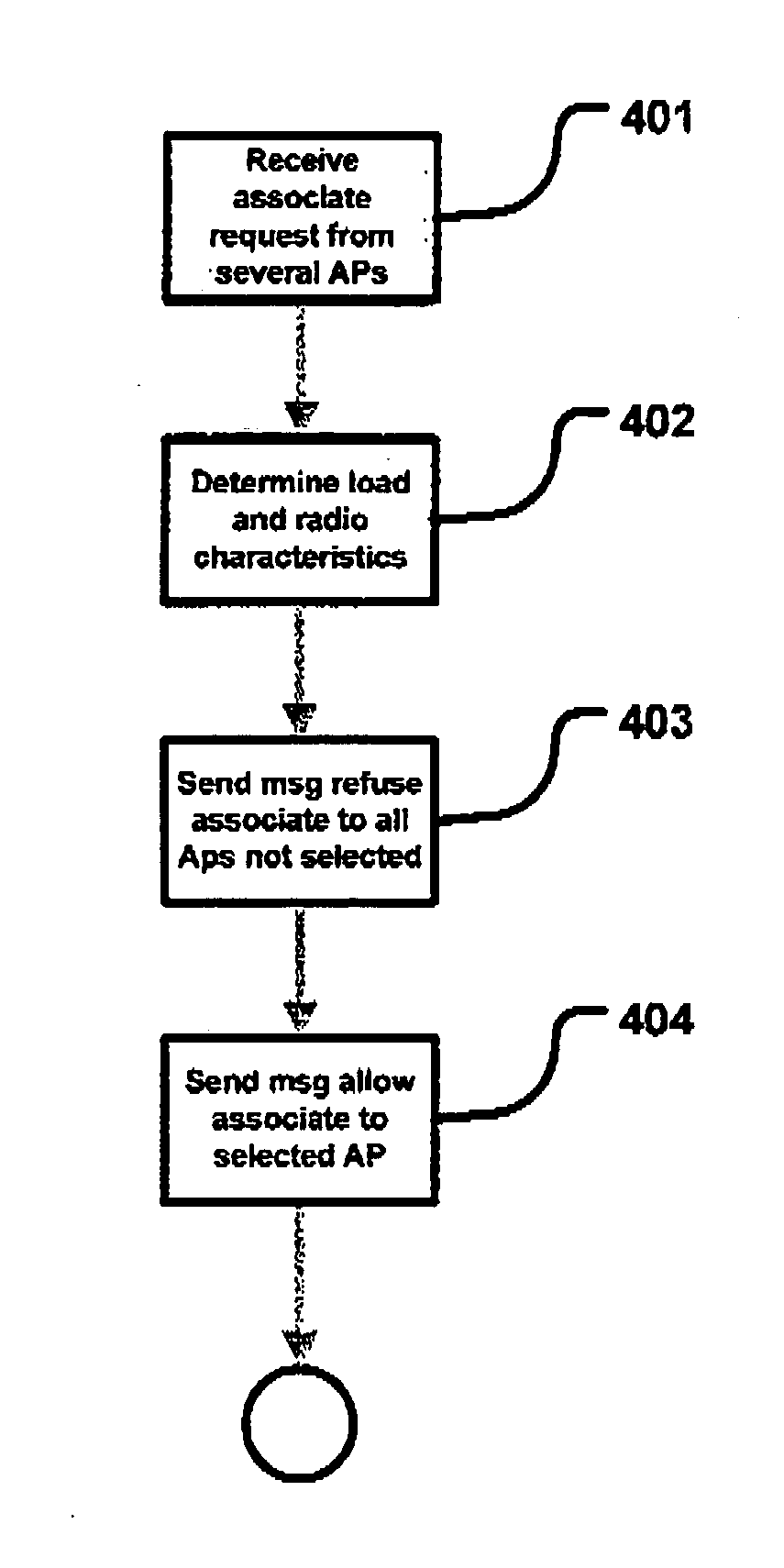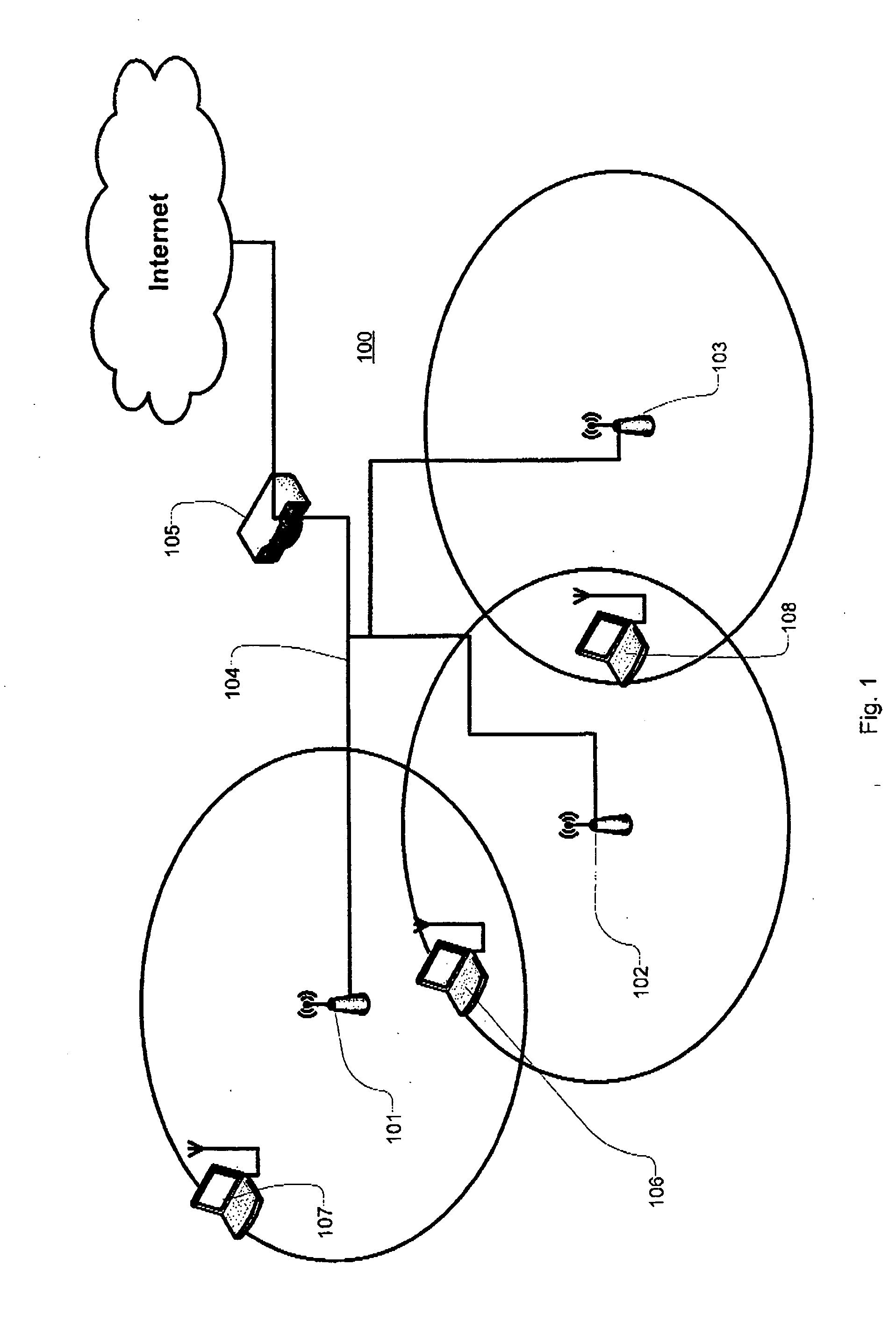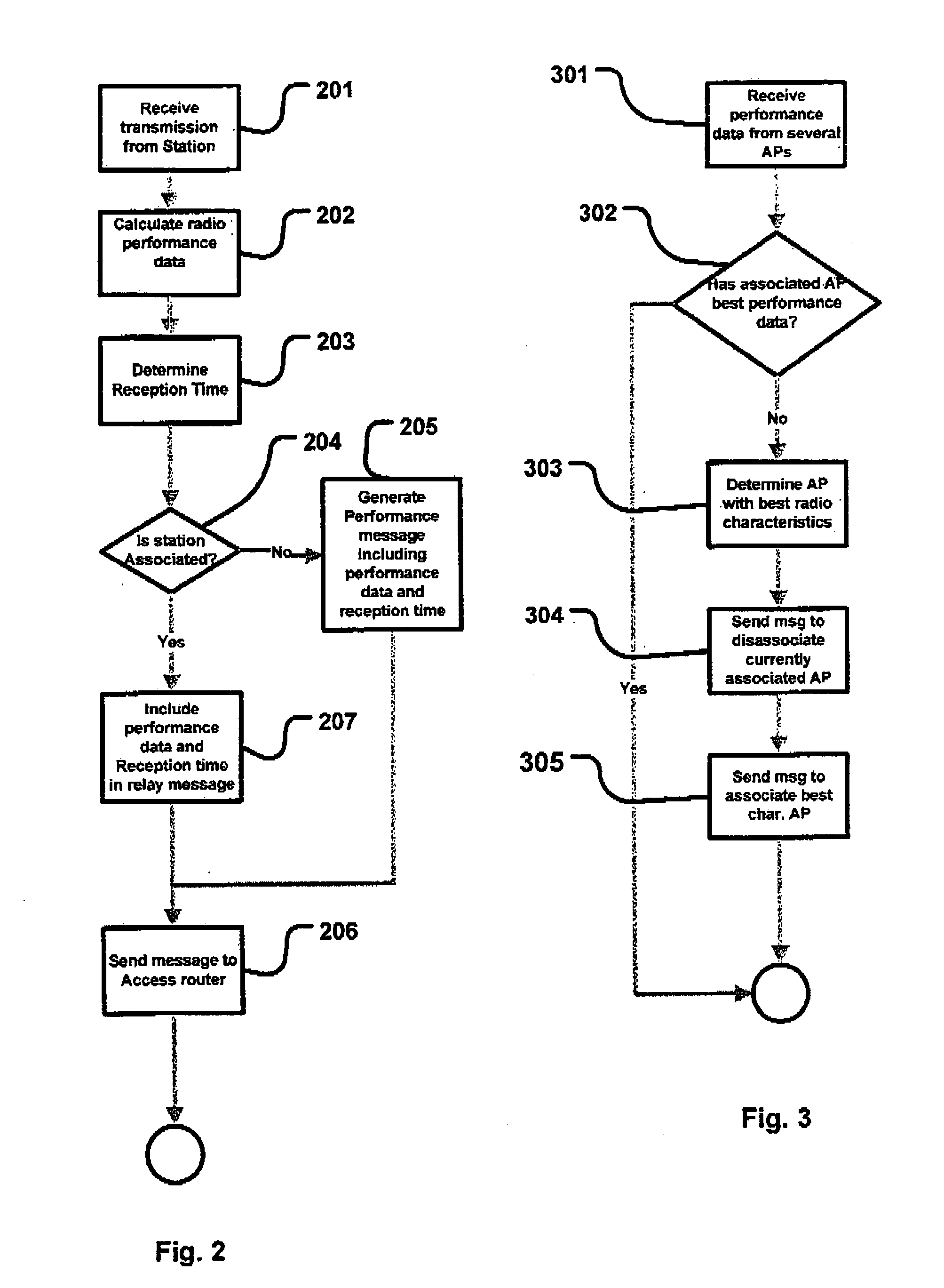Signal assessment
a technology of signal assessment and transmission, applied in the field of communication system, can solve the problems of substantial network load, inability to distinguish between subsequent transmission frames, and insufficient information in the received data frame to uniquely identify the transmission, etc., and achieve the effect of reducing network load
- Summary
- Abstract
- Description
- Claims
- Application Information
AI Technical Summary
Benefits of technology
Problems solved by technology
Method used
Image
Examples
Embodiment Construction
[0039] In the following description, for purposes of explanation and not limitation, specific details are set forth, such as particular techniques and applications in order to provide a thorough understanding of the present invention. However, it will be apparent to one skilled in the art that the present invention may be practiced in other embodiments that depart from these specific details. In other instances, detailed descriptions of well-known methods and apparatuses are omitted so as not to obscure the description of the present invention with unnecessary details.
[0040] A simplified illustrative embodiment of the invention is shown in FIG. 1 and comprises a LWAP system (Light weight access point), and consists of first 101, second 102 and third 103 access points, according to the third aspect of the invention connected via a wired network 104 to an access router 105 according to the fourth aspect of the invention. Three wireless stations are communicating via the network: a fi...
PUM
 Login to View More
Login to View More Abstract
Description
Claims
Application Information
 Login to View More
Login to View More - R&D
- Intellectual Property
- Life Sciences
- Materials
- Tech Scout
- Unparalleled Data Quality
- Higher Quality Content
- 60% Fewer Hallucinations
Browse by: Latest US Patents, China's latest patents, Technical Efficacy Thesaurus, Application Domain, Technology Topic, Popular Technical Reports.
© 2025 PatSnap. All rights reserved.Legal|Privacy policy|Modern Slavery Act Transparency Statement|Sitemap|About US| Contact US: help@patsnap.com



